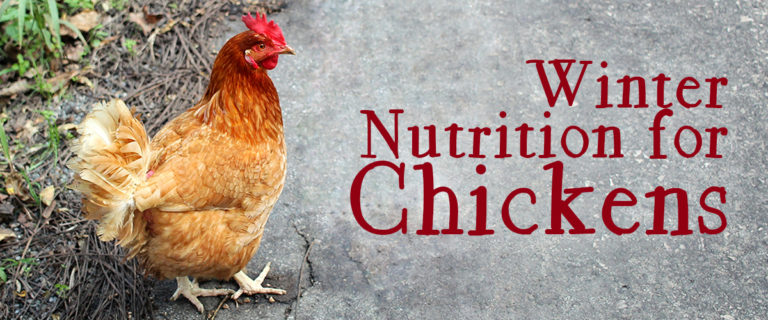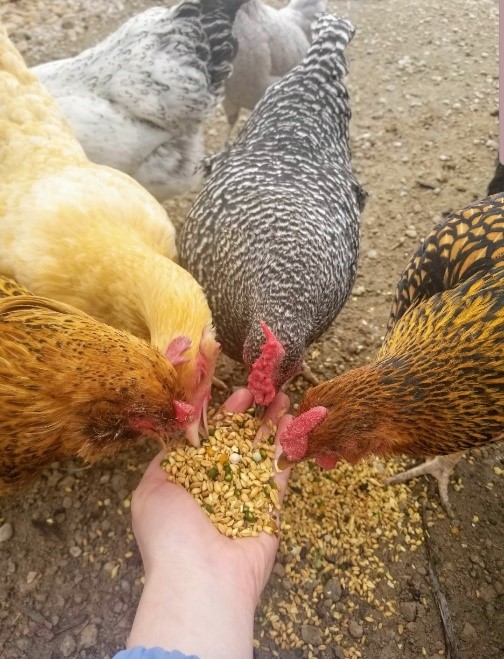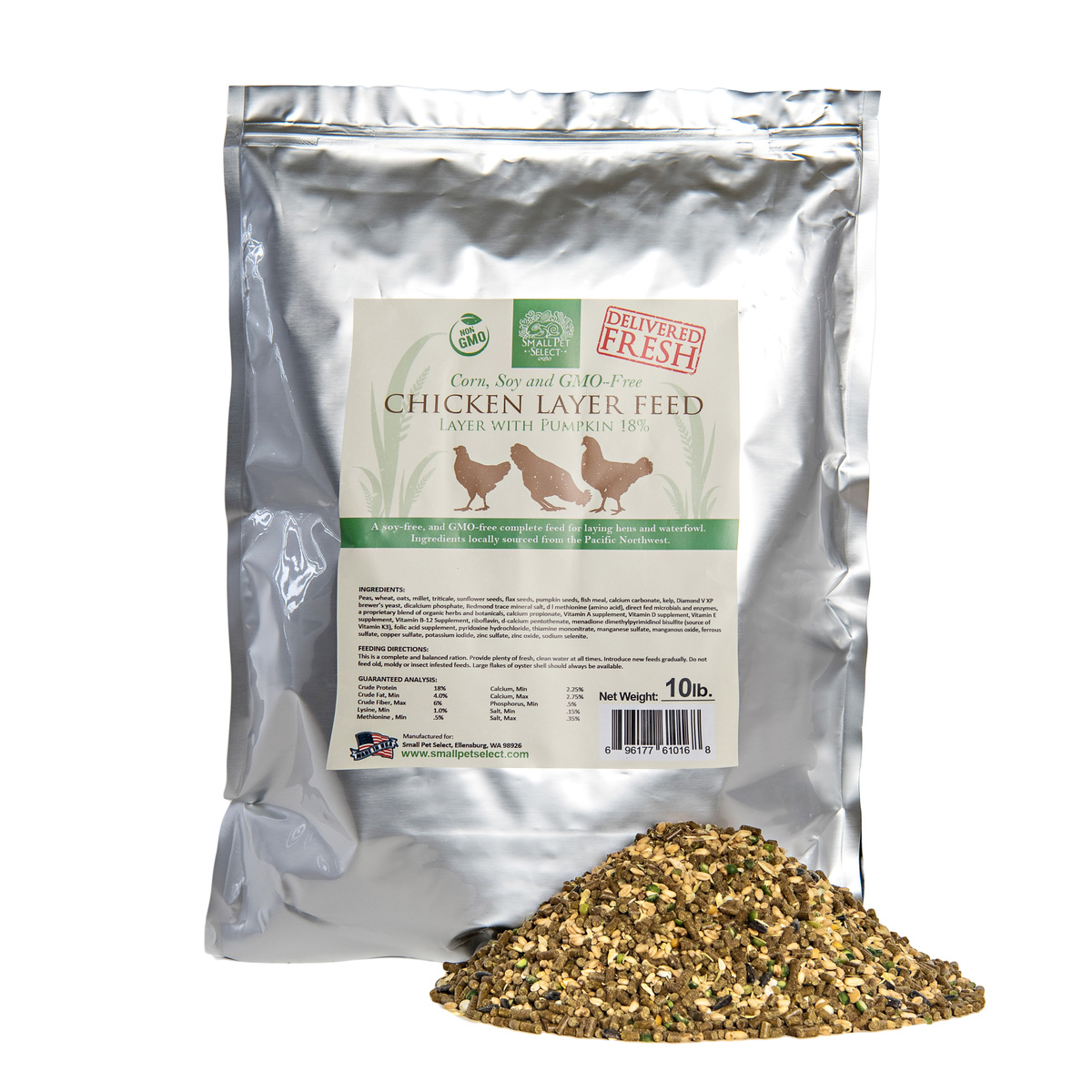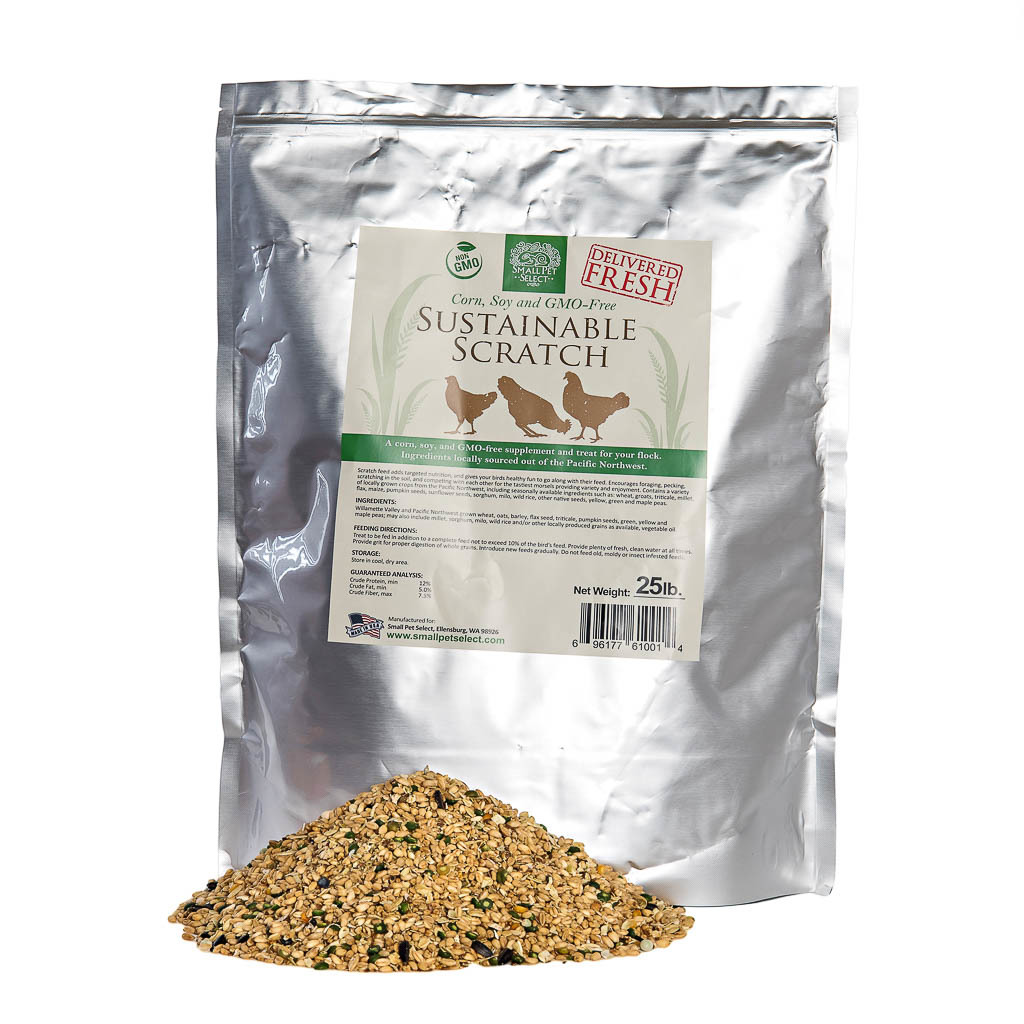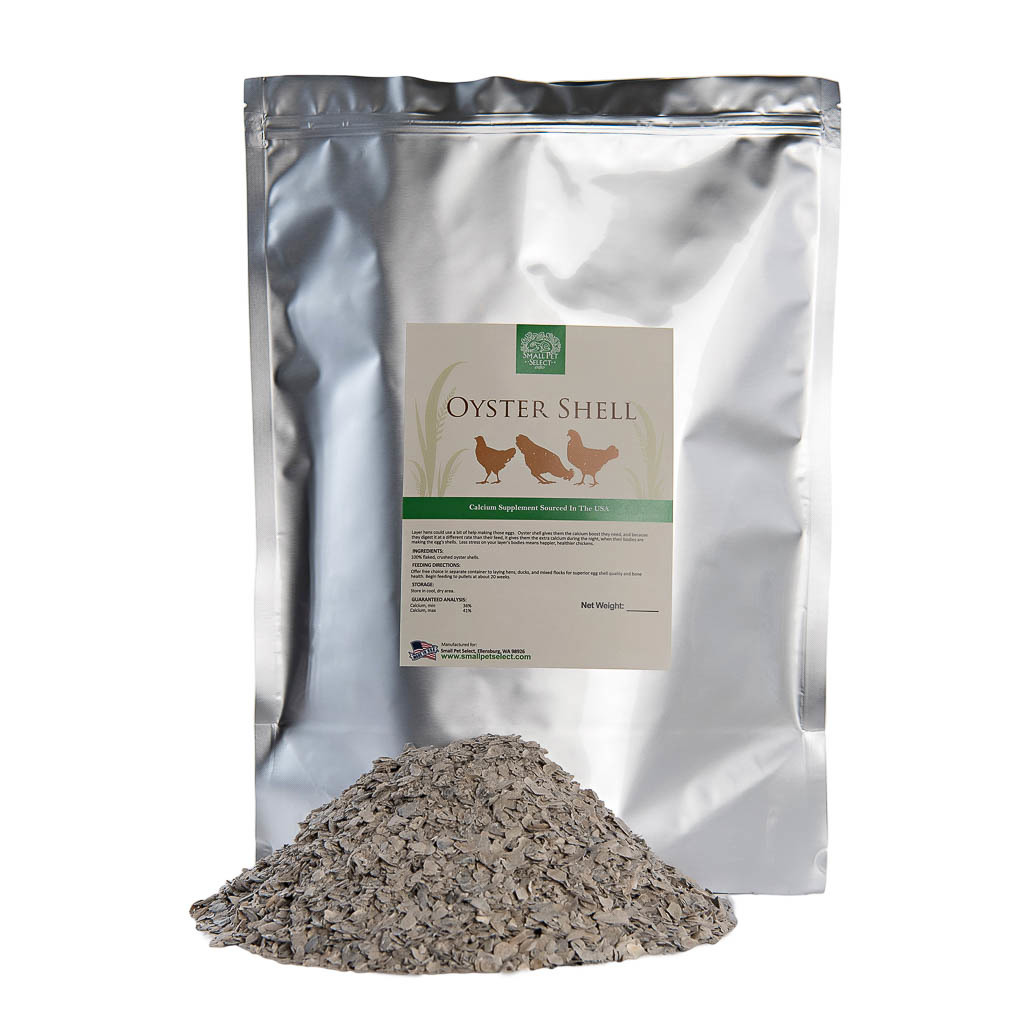Unless you're a penguin or a snow bunny, winter may not be the most exciting time for you. It’s certainly not a fun season for your chickens. Because unlike penguins, chickens are not well-suited for the winter months. Combs freeze, feet get stiff, hunting and pecking for goodies becomes much more difficult, lazy naps in the sun become a distant memory… nope, winter is just not the best of time for our backyard feathered friends. There certainly are ways to make the blustery days and nights more comfortable for them, but what about keeping them healthy from the inside? Winter nutrition for chickens isn’t difficult, but it's definitely different than other times of year.
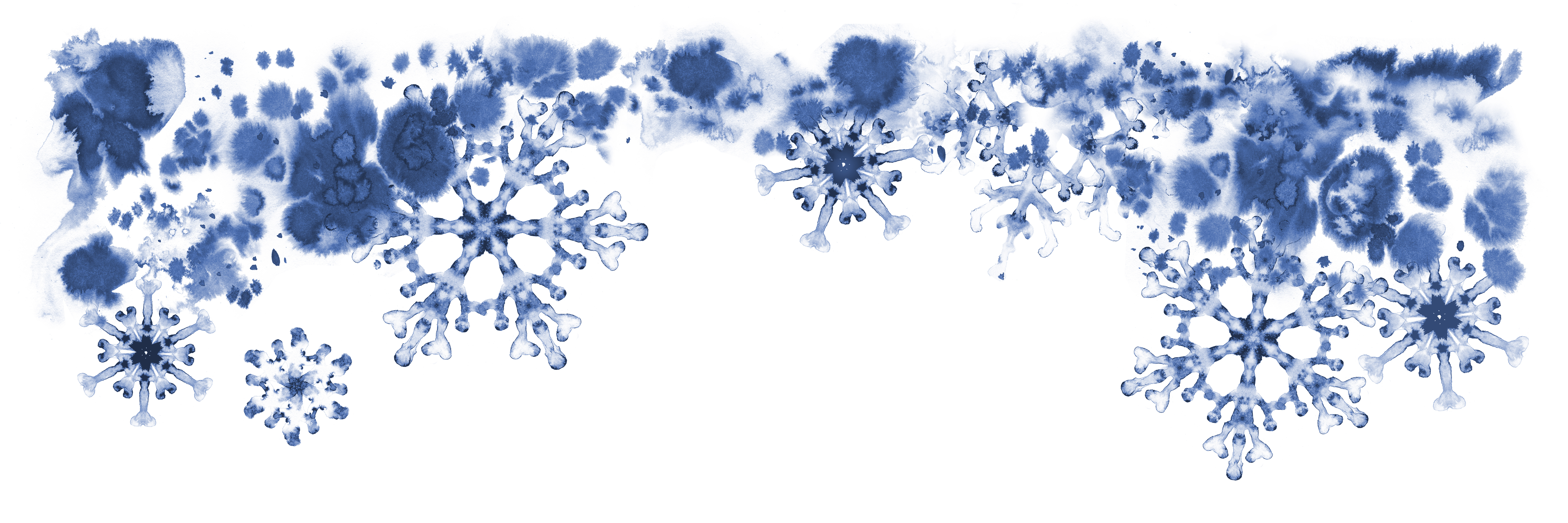
Ice, snow and dormant garden beds not only make foraging difficult, but chickens use up a lot more energy than they usually do to scratch out the tastiest morsels. Chickens also require loads of extra nutrition during winter to help maintain a healthy weight – keeping a body warm during the coldest nights tends to use up a lot of calories. Not to mention their fall molt. Chickens go through a seasonal molt twice a year, in the spring and in the fall. When they molt, they require a large dose of protein to help them grow new feathers and rebuild their nutrient reserves. Add that to the lack of vitamin D they naturally get during the sunny months and you have yourself a cold weather conundrum. This is why winter nutrition is so important. So how can you, the chicken parent, keep your flock healthy and happy during the colder months?
What’s On The Menu?
I personally love a big bowl of steaming hot chili on the coldest winter days. Or tomato bisque. Or a savory stew. I have the luxury of preparing myself a complete meal straight from the fridge, but chickens require more than their usual layer feed and grit to keep them healthy during winter.
Chickens need large doses of protein, carbohydrates and vitamins to keep them warm and in tip-top shape. So here are some goodies to add to your shopping list:
Scratch Grains Galore
Easily the most important item on the menu should be a high-quality scratch. Chicken scratch is loaded with grains, seeds, minerals and vitamins that are specifically designed for a chicken diet. Your coop should have a feeder full of scratch all winter long. Don’t forget the oyster shell too.
Store Bought Greens
Fresh greens are not often easy to come by when your gardens are under a layer of snow 
Germinate Some Sprouts Indoors
Totally fun and wholesome for the whole family… including your chickens. Germinators are inexpensive and really easy to set up. Get some sprouts sprouting and toss these nutrient-rich greens to your chickens for a huge boost of goodness.
Go ahead and add some to your salad too. No joke.
Alfalfa. So Not Just For Bunnies.
Toss a small bale of alfalfa into the coop and watch your ladies giddily peck and scratch this wholesome block of protein and fiber all winter long. You can also add some alfalfa pellets to their feed for the same effect.
Get Buggy
Dried black soldier fly larvae (sourced in the US) or crickets are a super special treat and provide tons of protein. Toss it right into the bottom of the coop to give your feathered friends something to scratch and peck. Not quite as fresh as the morsels they find in the springtime, but still just as nutritious.
Share Your Soup
Okay. Not really your soup. But these are all pretty tasty for hoomans, too. Cook up some legumes or grains like split peas, lentils, quinoa, wheat, oats, barley, flax and/or spelt into a warm mash. You will never see your chickens move so fast for a toasty meal.
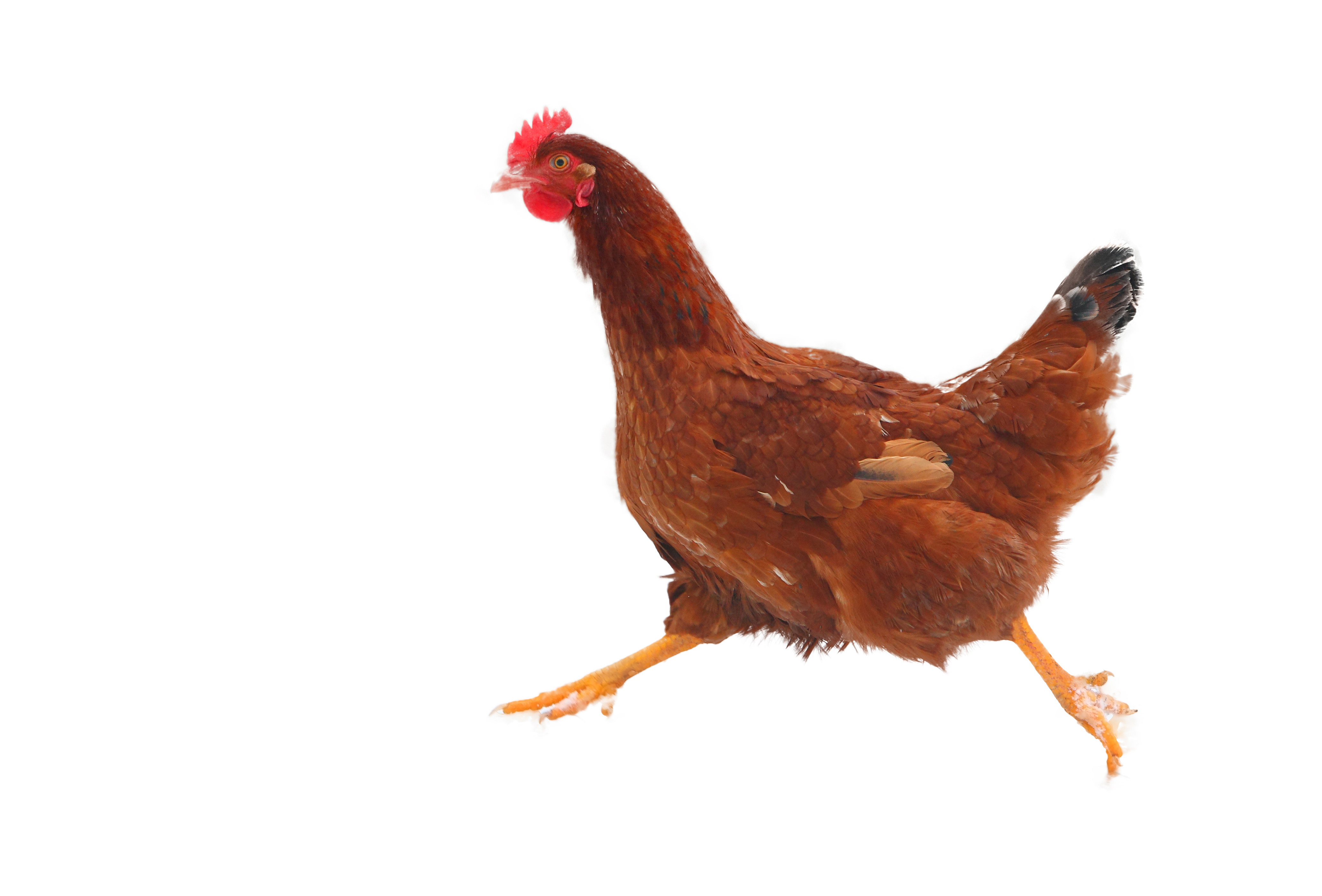
Exercise? In This Weather?
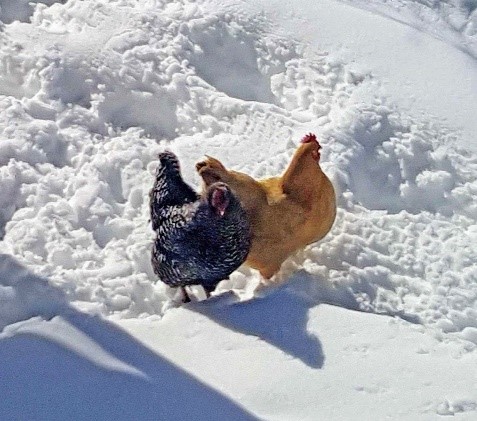
As with any diet, be sure to moderate your chicken's calorie intake and keep an eye on their waistline (or whatever is the chicken equivalent of a waistline). As previously mentioned, hunting and foraging is much more difficult in the snow. Some chickens will just work harder to find goodies and thus earn their calorie-packed special meal, others prefer to become freeloaders and can pack on the pounds.
You can help chickens become more active by giving them the opportunity to work for their meals. Below are some great ideas to keep 'em active.
1. Cabbage Ball, Anyone?
Hang a ball of cabbage from the roof of the coop and watch your hens work their muscles to jump and stretch for a beak-full of this vitamin-rich treat. Make winter nutrition for chickens fun and exciting? Why not?
2. Spin The Bottle
First, cut a few large holes into a clean, empty plastic bottle. Second, grab a handful of those dried black soldier fly larvae or crickets and pour them into the bottle, screw the lid on tight. Third, toss it into the coop and watch those hens chase and roll the bottle around to free the protein-packed yummies.
3. Hide And Seek 
If the snow isn’t too deep or the wind too blustery, place small portions of the special meals in their usual hunting spots around the yard. Let those feathery hunters seek out their reward like they normally would during the summer. This will encourage them to continue their normal routine without simply waiting for the next meal to be handed to them.
Winter may be dreary and bitter for some; but, with a little extra creativity, you can make it a fun and nutritious season for all of your chickens.
Interested in learning more about chickens? Check out these blogs! ⬇️⬇️⬇️
How to Make a Dust Bath for your Chickens
The Importance of Scratch Grains



